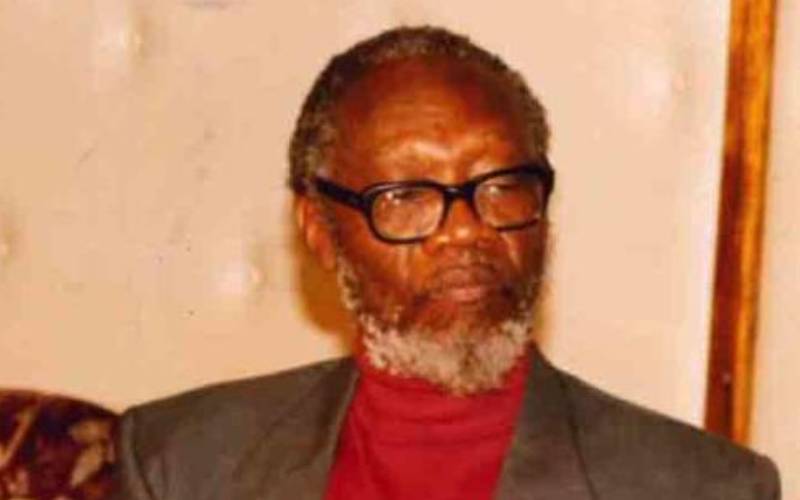×
The Standard e-Paper
Join Thousands Daily

When Hilary Ng’weno answered an invitation to the office of Kenya’s attorney-general one morning in 1978, he secretly expected the worst.
But the sight which met the editor-in-chief of The Weekly Review, one of the country’s most influential publications, was entirely unexpected. Charles Njonjo - famous for his pin-striped suits and jailing government critics - sat behind his polished desk with Kenya’s new president, Daniel arap Moi, in a visitors’ chair.